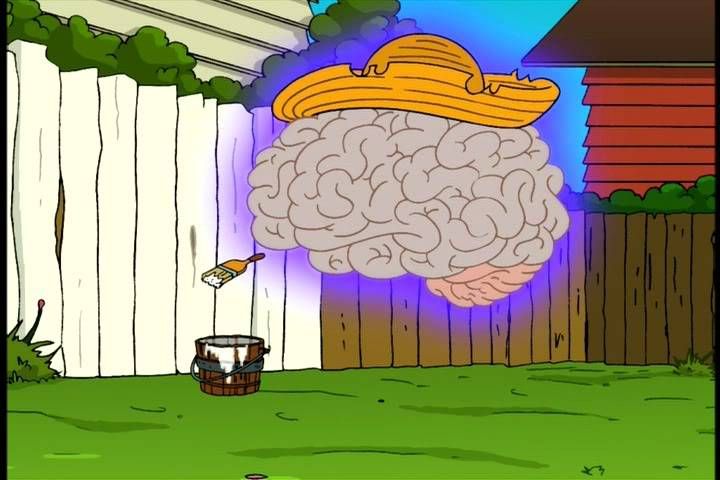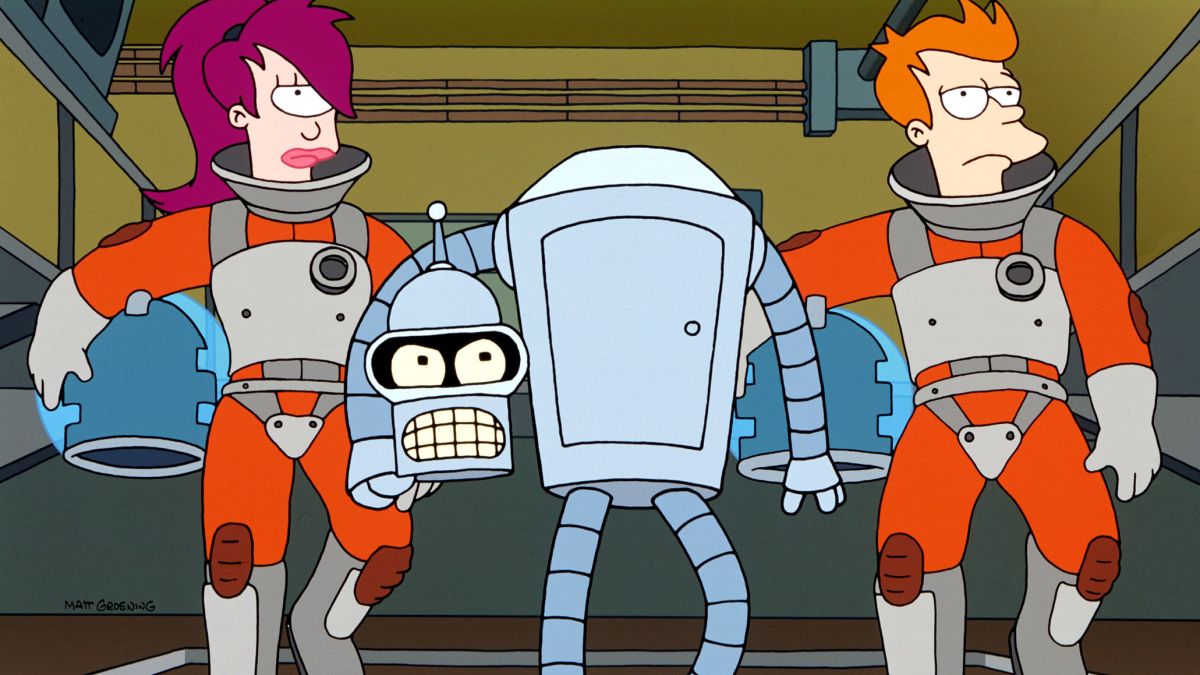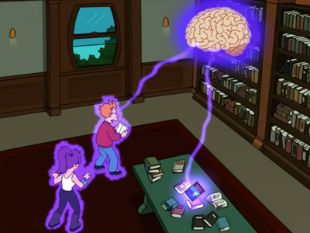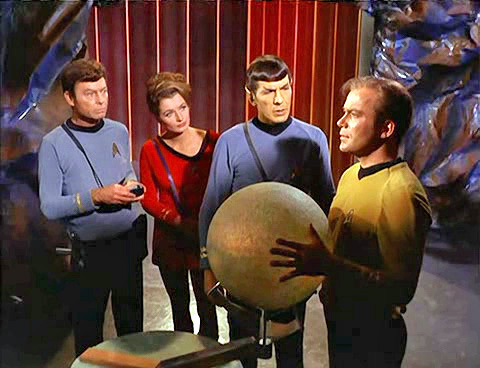When analyzing the different viewpoints of the brain and the mind, it is easy to see that the brain is a pretty strong organ. The cognition of the power of our own brain may even be too hard to fully understand. The three episodes that we watched in this module may have given us a little bit of a clue of the power that the brain has when considering it through different perspectives.
Futurama
In the episode, “The Day the Earth Stood Stupid,” we see, “The Brain in a Vat,” example throughout the episode. Since the brains and Big Brain have the power to not only exist on their own outside of a human body, but also make the humans in the episode stupid, it shows the power of the brain and how the brain is the mind and can survive on its own. This is shown when Big Brain says to Fry, “We have long since evolved beyond the need for asses.” Big Brain doesn’t have an ass or anything other part of the body for Fry to kick. Just like, “The Brain in a Vat,” example, the organ can survive, have its own mind, and live its own life without the need of a human body. In this scenario, it seems that the episode is suggesting that the mind is actually stronger than the brain. If the brain has the power to make other humans stupid, then it must be stronger than the human body itself, right? 4E Cognition wouldn’t agree though considering the brain is only part of cognition. I agree because I doubt we would be able to think the same without our brain in our body lol.

Altered Carbon
The next episode that I watched was, “Out of the Past,” which represented the idea of Cybernetics and how the mind is like a computer. It was interesting to see how the episode used the cortical stacks to represent one’s mind, and how although one’s body can die, if the cortical stack is ok, or the mind, then it can just be placed in another sleeve, or body, and still work the same way it used to. It’s kinda like if a car were to crash, but the engine remained in tact, then you could essentially take that engine and put it into another car, and the car would be able to drive as the old one did. This analogy shows that the mind and body can be viewed as separate. It also correlates with Cybernetics because the cortical stacks (mind) is like the hard drive of a computer, and if the hard drive of a computer remains in tact, you could take the hard drive from one computer and use it in another. At the beginning of the episode, the woman says, “your body is not who you are.” Basically she’s referring to one’s mind and cognition as a person’s identity. Therefore, you could pass your mind from one body to the other, and you would still be you–just like a computer’s hard drive. The body in, “Out of the Past,” are just referred to as sleeves or something that holds your mind.

Star Trek: The Original Series
In the episode, “Return to Tomorrow,” we are able to see an example of Embodied Cognition. Part of the Embodied Cognition idea is that, “cognition depends upon the kinds of experience that come from having a body with various sensorimotor capacities.” Sargon, Thalassa, and Henoch, which are basically minds that were left without a body and are being held in spheres, need the bodies of Kirk, Mulhall, and Spock in order for them to basically construct their own bodies for their minds. Through the experiences of Sargon, Thalassa, and Henoch while they were using the other’s bodies, we can see the idea that Embodied Cognition has in regards to how, “bodies and emotions are integrated into our cognitive systems, not separate from it.” While Thalassa was in Mulhall’s body, she states that she forgot, “what it felt like to even breathe again.” Simply put, these minds that were inside of these spheres without a body were not actually living without bodies, as they had forgotten what it felt like to be alive inside of a body. So, our bodies help our minds have cognition.

All of these ideas and theories were pretty crazy to consider when watching these episodes. Can’t wait for the rest of the course.




















 .
.







